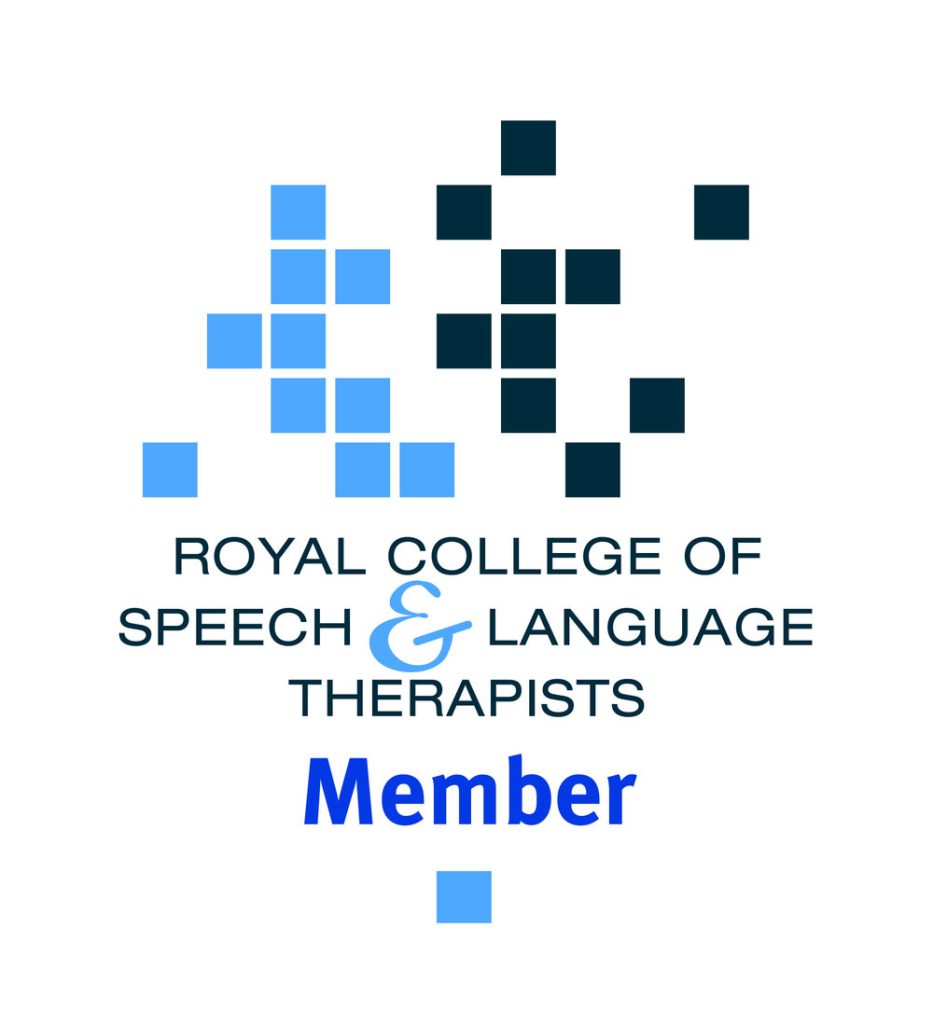Understanding Angelman Syndrome: A guide for parents
Angelman Syndrome (AS) is a complex neurological disorder that affects development. It’s caused by a missing or functionally incorrect gene (UBE3A) on chromosome 15. While AS is rare, understanding its characteristics is crucial for parents and caregivers.
What are the key characteristics of Angelman Syndrome?
Children with AS typically exhibit a range of unique characteristics, which can include:
- Developmental delay: Significant delays in reaching developmental milestones, such as sitting, crawling, and walking.
- Speech impairment: Limited or absent speech. Individuals with AS may use few or no words.
- Movement and balance issues: Difficulties with coordination, balance, and movement, sometimes causing a jerky or unsteady gait.
- Happy demeanour: Frequent smiling, laughter, and a generally happy, excitable personality.
- Intellectual disability: Varying degrees of intellectual disability.
- Seizures: Seizures are common and often begin in early childhood.
- Sleep difficulties: Disrupted sleep patterns and difficulty falling asleep.
The role of Speech and Language Therapy
Speech development and social communication is significantly affected in Angelman Syndrome, and therefore, Speech and Language Therapy plays a vital role in helping individuals with AS to communicate. As Speech and Language Therapists (SLT) we can work with the child and family support any of the following:
- Assess communication skills: We evaluate the child’s current communication abilities, including any vocalisations, gestures, or signs they may use. With younger children we do this through play and playful social games as well as observation of a child playing and interacting with their siblings or caregivers.
- Develop alternative communication strategies: Since spoken language may be limited, SLTs can help the child learn other ways to communicate, such as nonverbal communication, e.g
- Gestures: use of pointing, waving and miming certain activities.
- More formal sign language: Teaching basic signs to express needs and wants.
- Core boards: Using pictures and symbols to represent everyday common words, actions, and feelings.
- Augmentative and Alternative Communication (AAC) devices: Providing electronic devices that can produce speech.
- Encourage vocalisations: When words don’t readily develop, SLTs can encourage the child to make vocalisations and sounds, as these can be a form of communication.
- Support language development: SLTs can work on understanding of language, even if expressive language is limited.
- Educate and support families: SLTs provide families with strategies and techniques to support their child’s communication at home.
The importance of a multidisciplinary approach
Caring for a child with Angelman Syndrome requires a team effort. A multidisciplinary approach, involving various healthcare professionals, is essential to address the diverse needs of the individual. This team may include:
- Paediatrician: Provides overall medical care and monitors the child’s health.
- Physiotherapist: Helps with movement, balance, and coordination.
- Occupational therapist: Works on daily living skills, such as feeding, dressing, and self-care.
- Speech and Language Therapist: Addresses communication and language needs.
By working together, we can provide comprehensive care, address the unique challenges of Angelman Syndrome, and help the child reach their full potential.

Conclusion
Angelman Syndrome presents unique challenges and opportunities. With early diagnosis, appropriate interventions, and a strong multidisciplinary team, children with AS can make good progress and live fulfilling, joyful lives. As Speech Therapists we delight in supporting parents in their role in advocating for their child.
Do get in touch via my contact form if you are concerned about your child’s development.

Sonja McGeachie
Highly Specialist Speech and Language Therapist
Owner of The London Speech and Feeding Practice.
Find a speech and language therapist for your child in London. Are you concerned about your child’s speech, feeding or communication skills and don’t know where to turn? Please contact me and we can discuss how I can help you or visit my services page.






